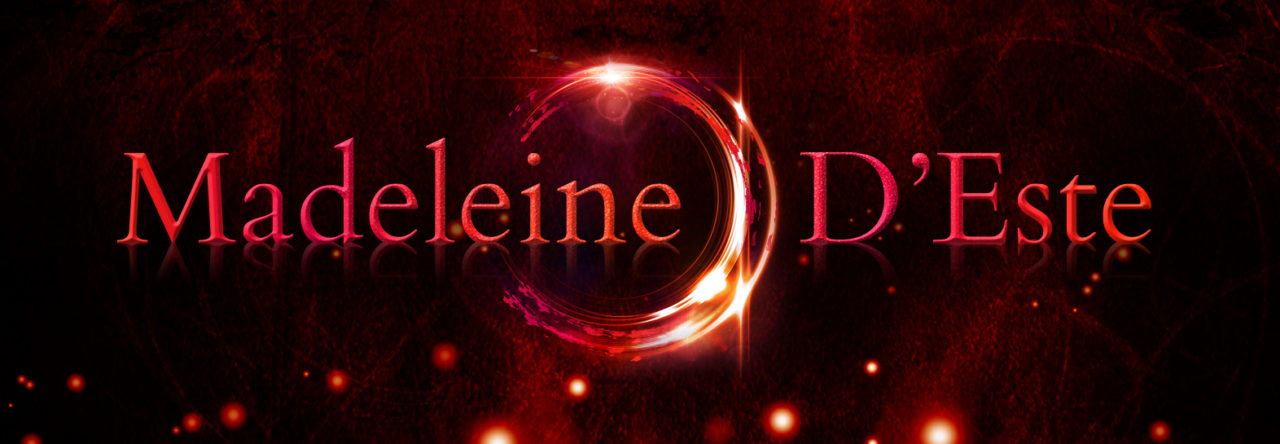While suffering a day of serious procrastination, I binge watched a bunch of Twin Peaks in a row and so messed up my plan for reviewing episode by episode. (Damn you Resistance! You got me that day but I’ve bounced back to get you. See here for more of my battles with Resistance.)
On that Sunday, I let Resistance get the better of me but who doesn’t love a guilty lazy afternoon on the couch? Especially watching something as clever, funny, spooky and weird as Twin Peaks Season 1.
In episodes 2 to 6, the murder investigation gets going with more suspects appearing including the One Armed Man and Jacques Renault. We start to see the real quirky side of Agent Cooper as he explains his unorthodox intuitive methods and we scratch further into the dirty and dark secrets of the small town. Plus lots of coffee and sugar-dusted doughnut porn.

But I want to go back to my thoughts on whether Twin Peaks is ‘folk horror’ according to the definition set out by Adam Scovell. (Have a look at my last post for a description of folk horror) But in summary Scovell defines folk horror through a chain of elements;
- Rural Location/Landscape
- Isolated Groups
- Skewed Moral and Belief Systems
- Supernatural or Violent Happenings
So let’s see how Twin Peaks stacks up.
Rural Location/Landscape
From the opening titles of Twin Peaks, we see the small town surrounded by mountains, mist and Douglas firs. This is the land of lumberjacks and snow and many scenes take place in the forest (especially at night) or by the lake. The local economy seems to be dominated by the rural industries of forestry or tourism with the sub plots of Benjamin Horne and his entrepreneurial adventures with Scandinavians and the rivalry between Josie Packard and Catherine Martell over the Packard saw mill.
Twin Peaks is dark and cold, wooded and mysterious. It’s got the first element covered.

Isolated Groups
We learn Twin Peaks is close to the Canadian border but being in the Pacific North West, it’s a fair distance away from the big American cities. Twin Peaks is not cut off from the world but it does have a timelessness, almost 1950s style (but then again, the newcomer Cooper brings some of that classic Americana himself).
At first glance, it’s a quintessential small town America filled with nice, happy people helping each other out but as Cooper delves deeper, there are distinct compartmentalised groups within the town and loads of dark secrets from murder to drug-running, domestic violence, affairs and teenage prostitution.
The community do not distance themselves from the world but in a pre-internet age, they are separated out by location.
Skewed Moral and Belief Systems
Now at this stage in Twin Peaks (Episode 6), there is not a distinct community belief system which is outside the norm or skewed. Nothing as obvious as the pagan beliefs of the people of Summerisle in the Wickerman as an example, but there have been brief mentions of the Bookhouse Boys secret society (with the purpose to protect the town from the evil in the woods) and Cooper brings his own esoteric investigation system based on Tibetan meditation and dream interpretation.
Organised religion does not play a big role which is unusual as this is often a large part of American small town life. The only mention of church and the local pastor has been during Laura’s funeral. But many different characters have mentioned that there is evil in the town, whether living inside people or outside in the woods.
This element will become more clearer as the series reaches the end but at this stage, there have been only glimpses.
Supernatural or Violent Happenings
Well, this is a no-brainer for Twin Peaks, the whole story is based around a murder and a kidnapping, even before we get to finding out who really killed Laura Palmer.
In terms of the supernatural by Episode 6, there’s Cooper’s dreams and the ritualistic pattern to the crime scene by the railway (the pile of dirt topped with Laura’s half heart necklace).
If you’ve seen Twin Peaks and know what happens, you know that this element only gets stronger.
I’ll continue to explore how Twin Peaks fits into the folk horror definition as I revisit the series, but so far, Twin Peaks fits most elements.
Until next time, take some time out and revisit Twin Peaks and remember as Agent Cooper says
“Nothing beats the taste sensation when maple syrup meets ham”.
Ew.

Leave a Reply